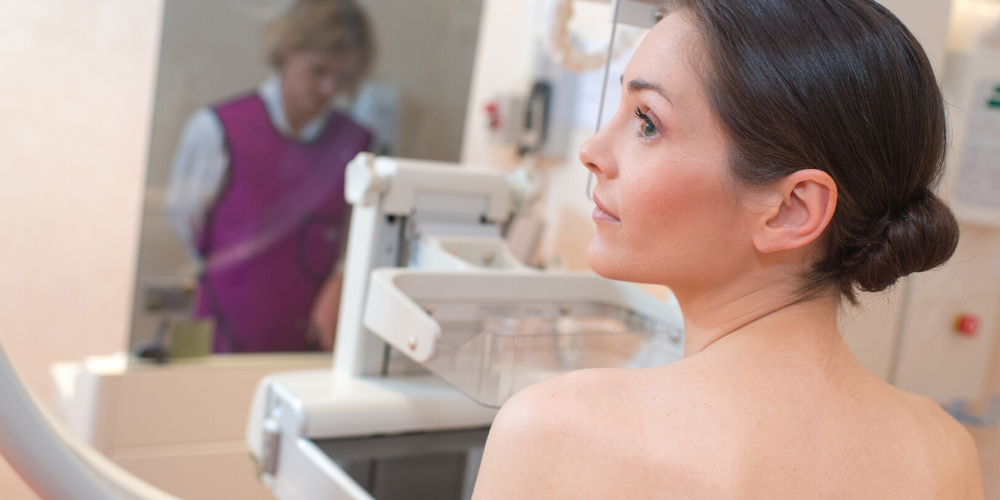FDA Proposes New Mammography Standards: 4 Ways They Will Impact You

For the first time in more than twenty years, the U.S. Food and Drug Administration is proposing new changes to mammography standards. These changes in regulation are aimed to provide better access to advanced screening technology and improve patient communication so women can make more informed decisions regarding their healthcare. Here are 4 ways the proposed policy changes will affect women at their next mammography appointment.
#1: Advanced Technology Standards for Screening Breast Cancer
The new changes proposed by the agency will modernize the technology used to detect breast cancer. Using mammography plus other advanced technology, such as 3D digital screening, can increase the detection of breast cancer from approximately 48%-97%. Unlike classic mammography that uses 2D imaging, this technology captures cross-sectional images of the breast tissue from a multitude of angels.
At HerScan, we have always believed receiving a mammogram plus a 3D breast ultrasound is critical for detection. Ultrasound is capable of detecting cancers that cannot be found by mammography and physical exams, making it an excellent procedure to add to your normal women’s health routine. Breast ultrasounds are also painless and use no compression or radiation.
#2: Improved Patient Information
Unfortunately, we’ve heard the stories. Women who have been going to the doctor for routine mammograms are met with devastating news: cancer. In some cases, the women’s dense breast tissue was to blame for the mass being hidden from the mammographer’s view. Dense breast tissue, as opposed to fatty breast tissue, is composed of more fibrous or glandular tissue than fat, making it much harder to read on a mammogram. Current healthcare regulations do not mandate that doctors have to disclose this information, meaning that women who have dense breast tissue may not know.
If women know they have dense breast tissue, they can receive an accurate screening from an ultrasound that provides a 3D image of this tissue. Under this new policy, mammogram providers will have to disclose this information to patients. With approximately 50% of women in the U.S. having dense breast tissue, this new regulation is critical in the prevention and early detection of cancer.
#3: Increased Communication Between Health Providers & Patients
Aside from disclosing to patients about their dense breast tissue, there are other measures being taken to improve communication for patients. The FDA is proposing two new categories to classify mammography findings: “known biopsy-proven malignancy” and “post-procedure mammograms for marker placement.” Another assessment category is also proposed: “incomplete: need prior mammograms for comparison.” These additional categories will help to precisely classify screen results and help both healthcare practitioners and patients make more informed decisions regarding their healthcare.
#4: Enforced for Every Healthcare Provider
Healthcare providers that violate the new set of mammography regulations will have serious consequences. If a provider fails to comply, the facility’s medical certificate may be suspended or even revoked. This regulation ensures that all women are receiving accurate healthcare diagnoses and have access to the best state-of-the-art technology for cancer screenings.
At HerScan, we feel this is a huge win for improving women’s healthcare all over the country. Breast cancer is the second most common cancer among American women; ensuring we have access to the best screening technology and are fully disclosed on our health status is key for prevention and early detection.
If you want to do more for your health, schedule an ultrasound appointment with us. HerScan is a mobile breast screening service, meaning we travel all over the country to hundreds of different cities to hold our health events. Click here to schedule an appointment in your city today.
